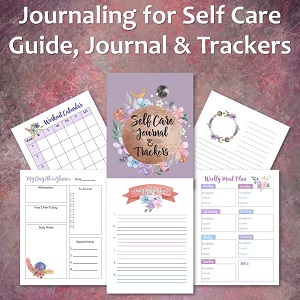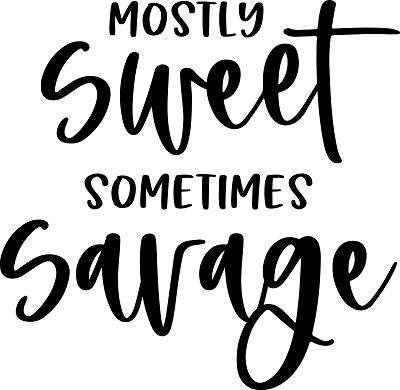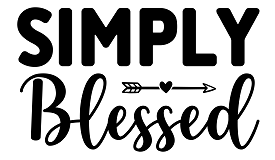Coloring Therapy
 You may have jokingly said, “I’ll be in my fort coloring if you need me,” but there’s an underlying truth to this joke: Sometimes you need to shut out the world to focus on you. You’re a limited resource and unless you take time to renew yourself, you will quickly get burned out. Let’s explore the fun world that awaits you in coloring.
You may have jokingly said, “I’ll be in my fort coloring if you need me,” but there’s an underlying truth to this joke: Sometimes you need to shut out the world to focus on you. You’re a limited resource and unless you take time to renew yourself, you will quickly get burned out. Let’s explore the fun world that awaits you in coloring.
“Coloring Therapy”
Coloring is a type of therapy. As such, it often gets confused with “art therapy”, which is a more involved process that depends on the relationship between a client and therapist.
However, coloring helps to reduce anxiety, provide focus, mental clarity, a break from negative thoughts and behaviors, provides an alternative method to meditation, improves reality orientation, foster self-awareness, explore feelings and a host of other benefits. Continue reading
 Do you find yourself feeling stressed and tense, to the point that you feel you’re going to burst? Pull out a coloring book, seriously.
Do you find yourself feeling stressed and tense, to the point that you feel you’re going to burst? Pull out a coloring book, seriously.
What might have once seemed like a leisure activity for elementary school-aged children has now become one of the hottest trends in terms of stress reduction.
Here are some ways that coloring can help reduce stress in your life:
Mindfulness
If you’ve looked into cures for stress, you’ve likely read about or practiced meditation. In a mindfulness meditation practice, you work to alleviate stress by sitting in quiet solitude, observing your breath. By focusing on your breath, you can reduce the power of thoughts. Continue reading
 The way we see and perceive color each day greatly impacts our lives, though it does so on a mostly subconscious level.
The way we see and perceive color each day greatly impacts our lives, though it does so on a mostly subconscious level.
Understanding color psychology and how colors can be useful to help relieve anxiety and stress is a way to make the most out of the atmospheres you surround yourself in each day.
Why Colors Impact Us Emotionally
Seeing various colors can evoke emotion in us due to connections with real-life experience as well as how we feel a color is interpreted. While some colors are bright or dark by nature, others are muted or paler in comparison, allowing for drastically different interpretations. Continue reading




